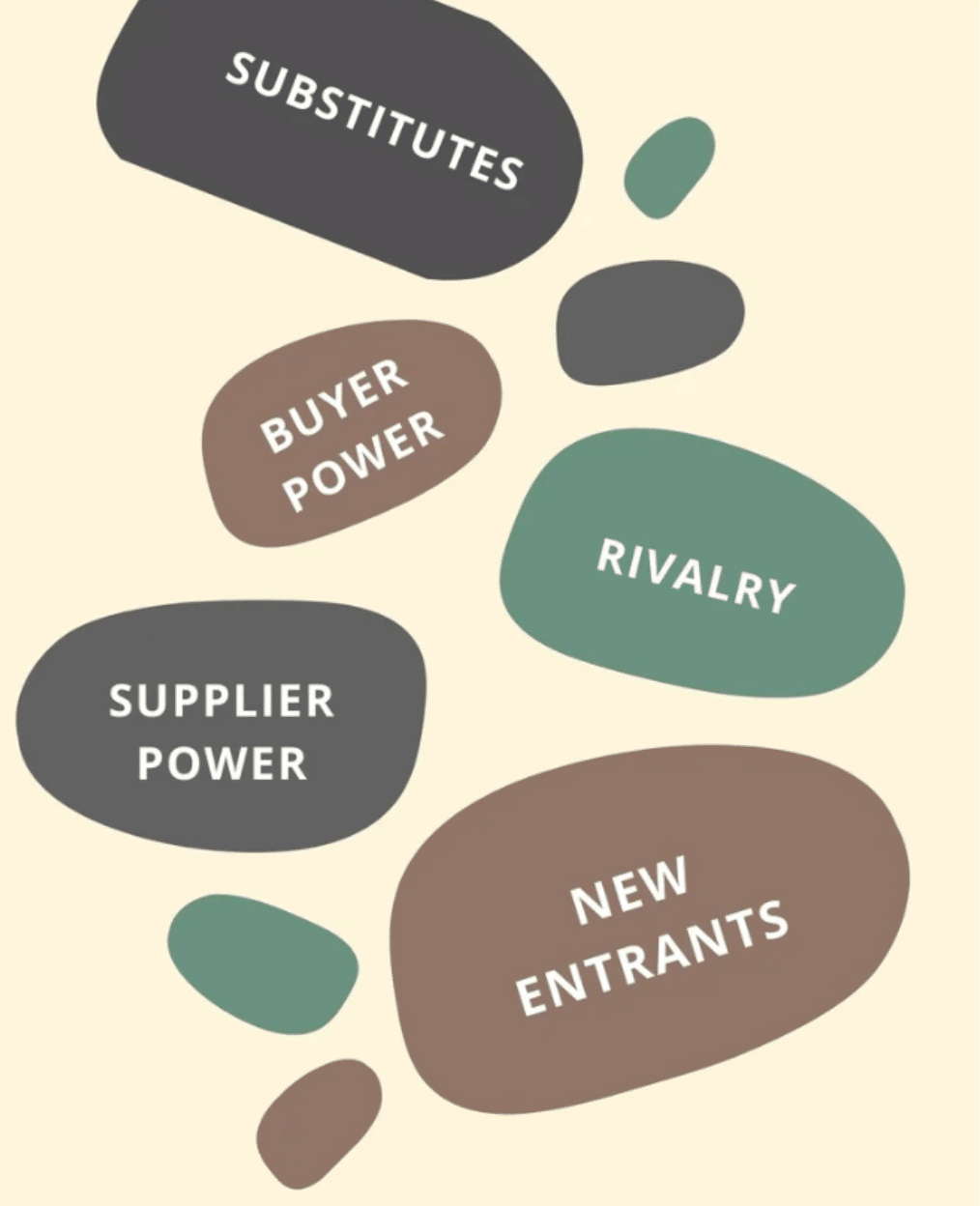
In today’s world, consumers are constantly faced with an overwhelming amount of information about products and services. With so many opinions and reviews available online, it can be difficult to identify reliable sources that provide trustworthy and dependable information about product quality and research.
So, It is crucial to ask:
What is One of the Best Ways to Get Reliable Information About a Product?
One of the best ways to get reliable information about a product is by looking at customer reviews on third-party vendor websites and seeking expert opinions and advice. Visiting official websites is also crucial for accessing detailed and reliable product information straight from the manufacturer. These techniques, critical thinking, and diligent research will help you make informed decisions when shopping.
However, it is also important to be cautious and not rely solely on customer reviews as they can sometimes be misleading or biased. Navigating various online platforms and knowing the difference between genuine advertisements and marketing content will help you find accurate information about the products you are interested in. Additionally, considering a product’s financial aspects and overall value may help assess its credibility.
At Globemonitor Market Research Agency, we understand the challenges you face in finding reliable product information. Our team of experts is dedicated to providing comprehensive market insights and analysis to help you make well-informed decisions. If you’re looking for tailored advice or specific market research services, don’t hesitate to reach out to us. We’re here to guide you through the complexities of market research and ensure you have the information you need to succeed.
Key Takeaways
- Researching customer reviews on third-party vendor websites and seeking expert opinions can provide reliable information.
- Navigator online platforms and differentiating between genuine advertisements and marketing content assists in finding accurate information.
- Assessing financial aspects and overall value of a product can help determine its credibility.
1. Understanding Reliable Sources
Criteria for Trustworthiness
When searching for reliable sources to gather trustworthy product information, it’s essential to identify reliable sources by considering several factors. First, the source should be well-established and reputable, like academic databases and Google Scholar. Secondly, it’s important to look for sources that are transparent about their research methods and present data from original research. Additionally, check for extensive bibliographies or references to other credible sources.
Evaluating Source Credibility
To determine the credibility of a source, one can utilize methods such as lateral reading. This involves comparing a source to other sources to verify evidence, contextualize information, and find potential weaknesses. Reliable sources often present well-reasoned arguments, theories, or discussions based on strong evidence.
When gathering product information from online reviews or articles, consider whether the author has any potential conflicts of interest, like affiliations with the product’s manufacturer. Also, verify the source’s credibility by investigating its reputation and consulting other users if possible.
Distinguishing Between Objective and Biased Information
Objective information provides an unbiased and neutral perspective while presenting facts, data, and evidence. On the other hand, biased information may be influenced by factors like personal preferences, political bias, or other factors that distort the neutrality of the message. To identify unbiased information, it’s crucial to recognize and analyze sources free from misinformation or any form of bias.
Here are some tips to distinguish between objective and biased information:
- Verify the facts: Cross-check information in multiple sources to ensure its accuracy and consistency.
- Analyze the language: Objective sources typically use neutral language, avoiding persuasive or sensationalized wording.
- Consider the publication or platform: Analyze whether the chosen platform has a history of presenting unbiased information.
By understanding the criteria for trustworthiness, evaluating source credibility, and distinguishing between objective and biased information, users can successfully navigate the large volume of product information available and make well-informed decisions.
2. Leveraging Customer and Expert Reviews
Analyzing Customer Feedback and Ratings
Customer reviews are an essential source of information when researching a product. Reading through feedback from others who have used the item can provide a more genuine understanding of its reliability and performance. To get the most accurate impression, consider not only the overall rating but also the number of reviews and the sentiment of individual feedback. Look for patterns in the reviews, such as repeated mentions of a specific issue or praise for a standout feature.
When browsing online reviews, take note of both positive and negative comments. A balanced perspective can help identify potential drawbacks and benefits of the product. Additionally, consider using websites that present aggregated ratings from multiple sources, creating a more comprehensive picture of the product’s reputation.
Seeking Expert Opinions and Endorsements
In addition to customer feedback, expert opinions can offer valuable insights about a product’s quality and performance. Industry experts such as analysts, specialists, and influencers possess in-depth knowledge of their respective fields, providing a well-informed perspective.
When looking for expert opinions, search for articles or video reviews by trusted figures within the industry, or refer to reputable publications like Consumer Reports. These sources often provide unbiased, in-depth evaluations based on rigorous testing and analysis.
Working with influencers can be another effective way to gain insight into a product’s performance. Influencer endorsements and reviews often come from genuine experiences and provide an authentic perspective. However, always be cautious with sponsored content, as it may be biased towards promoting the product.
In conclusion, when searching for reliable information about a product, be sure to consider both customer reviews and expert opinions. Analyzing customer feedback and ratings while also seeking endorsements from industry experts and influencers will help you develop a balanced, well-rounded understanding of a product’s value and performance.
3. Navigating Online Platforms for Information
Utilizing Social Media and Online Communities
Social media platforms and online forums are valuable sources of information on products. Both platforms allow for real-time conversation and feedback from users who have experience with the product or service in question. To get reliable information about a product, visit popular social media platforms such as Facebook, Twitter, and LinkedIn.
On these platforms, follow or join relevant groups and communities related to the product. You can also search using hashtags to find trending topics and discussions about the product.
In addition to social media, consider exploring online forums dedicated to the product or its niche industry. Websites such as Reddit and Quora are platforms where users can candidly share their experiences and opinions about specific products. These forums often contain in-depth discussions and valuable insights from real customers.
Finding Unbiased Reviews on Retailer and Manufacturer Websites
Getting reliable information about a product also involves examining unbiased reviews from both retailer and manufacturer websites. To begin, visit official websites of reputable retailers such as Amazon or Best Buy, and look for the product you are interested in. These sites typically feature a review section where customers can provide feedback, as well as a rating system based on a specific set of criteria.
When analyzing reviews, consider the following:
- Number of reviews: The more reviews a product has, the more reliable the information tends to be.
- Average rating: A high average rating is generally a good sign, as long as it is based on a significant number of reviews.
- Helpfulness of reviews: Many sites also allow users to vote on the helpfulness of a review, which can provide additional insight into its reliability.
In addition to checking for reviews on retailer websites, it is also beneficial to visit the product manufacturer’s website. This can provide more detailed information on product specifications, features, and overall performance. Moreover, manufacturers may also have an associated nonprofit organization that supports their mission and may provide more insight into the product’s quality and ethical practices.
Keep in mind that it is essential to evaluate multiple sources when seeking reliable information about a product. Utilizing a combination of social media, online communities, and unbiased reviews on retailer and manufacturer websites can help ensure a comprehensive understanding of the product and its potential benefits or drawbacks.
4. Deciphering Advertisements and Marketing Content
Understanding the Role of Advertising
Advertising plays a crucial role in promoting products and services to potential customers. Its primary goal is to increase sales and create brand awareness. Advertisements utilize various strategies to grab people’s attention, evoke emotions, and persuade them to choose a particular product or service. While some advertisements provide accurate information, others might resort to misinformation to make their offering seem more appealing.
Separating Promotional Material from Factual Information
To get a clear understanding of a product, it is essential to separate promotional material from factual information. Here are some tips to help you differentiate between the two:
- Scrutinize the source: Evaluate the credibility of the source presenting the product information. Reliable sources include websites of reputable brands, well-known publications, or expert reviews.
- Analyze the language used: Advertisements often use persuasive language or exaggeration to emphasize the benefits of a product. It is crucial to differentiate between factual information and promotional hyperbole. For example, phrases like “breakthrough technology” or “revolutionary formula” may indicate the promotional nature of the content.
- Cross-verify the claims: Cross-check any claims made in the advertisement with other sources. It can help you identify any misinformation and ensure that you base your decision on accurate information.
- Look for independent reviews: Consumer reviews on third-party forums or platforms can provide invaluable insights into the actual performance of a product, unfiltered by marketing claims.
- Identify endorsements: Advertisements that use celebrity endorsements or personal testimonials require extra scrutiny. These tactics can be effective in swaying consumer opinions and might overshadow the actual features of a product.
By considering these tips, you can effectively decipher advertisements and marketing content, enabling you to make well-informed decisions when selecting products and services.
5. Financial Considerations and Product Value
Analyzing Unit Price and Payment Options
When purchasing a product, one key factor to consider is the unit price. Unit price refers to the cost per item or the cost per specific unit of measurement. Comparing products’ unit prices can help consumers make informed decisions based on value for money.
There are various payment methods that can be used, including debit cards, credit cards, and cash. Each method has its advantages and disadvantages, and they should be considered when making a purchase. For example, using credit cards may provide consumers with rewards points or purchase protection, while debit cards have lower interest rates and fees compared to credit cards.
Ownership vs. Renting Considerations
In some cases, consumers may need to choose between owning a product outright and renting it. Ownership is generally more cost-effective in the long run, as it allows the user full control over the product and eliminates recurring rental fees. However, ownership also comes with responsibilities, such as maintenance costs and potential depreciation of the product.
On the other hand, renting a product can offer more flexibility, especially when the product is only needed for a short period of time. Renting also allows consumers to avoid large upfront costs and may be more affordable for those with tight budgets. However, rental fees can add up over time, making it more expensive than owning the product in the long run.
Ultimately, when making a decision between ownership and renting, it is essential to consider factors such as budget, duration of usage, and maintenance requirements.
Frequently Asked Questions
How can consumers verify the authenticity of product reviews?
Consumers can verify the authenticity of product reviews by analyzing the content and the author of the review. They should look for well-balanced and detailed feedback. Cross-referencing reviews from multiple sources can also help determine credibility. It is essential to be aware of potential biases and check the reviewer’s expertise or background.
What sources are recommended for conducting product research?
A variety of sources can contribute to reliable product research. These include expert opinions, credible websites, printed materials, and firsthand experiences from others. The 5Ws method can be useful for evaluating the credibility of a source.
How does comparison shopping contribute to making an informed purchase decision?
Comparison shopping allows consumers to make an informed purchase decision by giving them the opportunity to evaluate pricing, features, and quality across different products. By comparing options, consumers can identify the best product for their needs and budget.
What are the risks and benefits of using credit cards for product purchases?
Credit cards offer both risks and benefits for product purchases. Benefits include convenience, rewards programs, fraud protection, and the ability to dispute charges. However, using credit cards also entails risks, such as overspending, high interest rates, and the potential for identity theft or fraud.
In what ways does understanding the return policy help ensure product satisfaction?
Comprehending a retailer’s return policy is crucial for product satisfaction, as it outlines the conditions under which a product can be returned or exchanged. A clear return policy allows consumers to manage their expectations and provides recourse if the product does not meet their requirements.
Why is it important to consider the total cost of ownership when evaluating a product?
Considering the total cost of ownership when evaluating a product is vital, as it takes into account not only the initial purchase price but also the ongoing costs like maintenance and repairs. This provides a more accurate understanding of the true value of a product over time and helps consumers make informed decisions.
What is One of the Best Ways to Get Reliable Information About a Product?
One of the best ways to get reliable information about a product is to consult a mix of expert opinions and customer reviews from reputable third-party websites, while also critically analyzing and comparing this information against unbiased sources to assess credibility and value. It’s important to be cautious of potential biases and to consider the financial aspects and overall value of the product.
A quick overview of the topics covered in this article.
Latest Posts
December 14, 2025
December 14, 2025
Subscribe to our newsletter
Get valuable insights and business guidance sent to your email.













